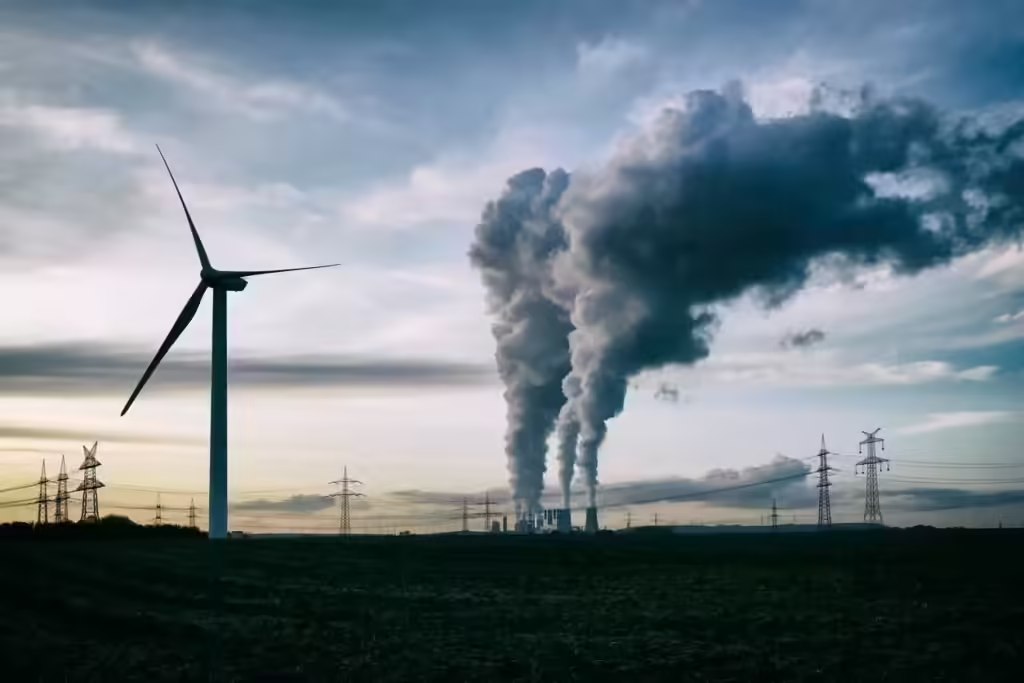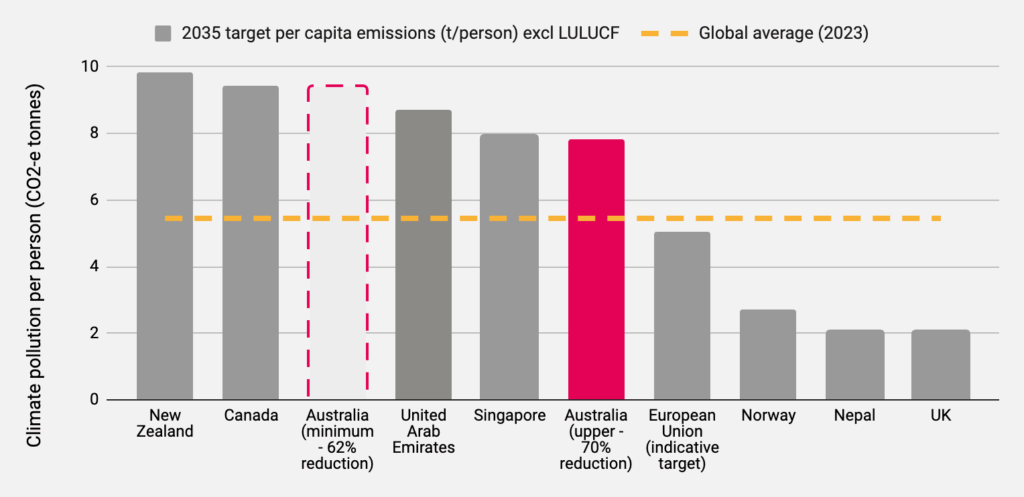
Australia is leveling up in climate commitments. Prime Minister Anthony Albanese has unveiled a significant new climate commitment. He set a Nationally Determined Contribution (NDC) to reduce the nation’s emissions by at least 62% by 2035, compared to 2005 levels. This represents a substantial increase in ambition from the previous target of a 43% reduction by 2030. Moreover, it signals a renewed commitment to tackling climate change.
Australia’s New Target
This revised target aims to align with the Paris Agreement, which requires countries to progressively strengthen their climate commitments. Importantly, the Climate Change Authority provided independent advice for the new target, and the government expects it to drive economic growth and opportunities in the clean energy sector.
- Emission Reduction: At least 62%.
- Target Year: 2035.
- Baseline: 2005 levels.
- Context: This is a significant upgrade from the prior goal of a 43% reduction by 2030.
Australia submitted its latest NDC as part of its international commitment to combat climate change. In addition, the government acknowledged that climate change presents increasingly extreme weather conditions.
Comparison to Australia’s Previous Target
The primary difference lies in ambition. Australia’s previous target aimed for a 43% reduction by 2030. In contrast, the new target aims for a 62%–70% reduction by 2035. Rather than replacing the 2030 pledge, this upgrade builds on it.
Here is a breakdown of the key differences and what they signify:
| Feature | Previous Target (43%) | New Target (62–70%) |
| Percentage | A 43% cut in emissions. | A more substantial cut of 62% to 70%. |
| Timeframe | Set to be achieved by the year 2030. | Set for 2035, providing a longer runway for more dramatic change. |
| Scope | One of several targets, along with the commitment to achieve net-zero emissions by 2050. | A more ambitious goal that builds on the 2030 target and aims to provide a “strong investment signal” to industries. |
| Basis | Part of Australia’s obligation under the Paris Agreement. | Based on advice from the independent Climate Change Authority, which recommended the 62–70% range. |
| Strategy | Relied on a range of initiatives, including a safeguard mechanism for industry, a new vehicle efficiency standard, and the expansion of renewable energy. | Builds on existing strategies with detailed sector-specific plans for energy, transport, agriculture, and other areas. |
| Signal | The new target reinforces and expands upon the 2030 pledge, sending a clear message to investors that Australia is accelerating its decarbonization efforts. | The new target is intended to send a strong and clear signal to investors to accelerate decarbonization. |
Reasons for increasing the target

The Australian government, led by Prime Minister Anthony Albanese, increased the target based on new scientific advice and international obligations.
Specifically, a landmark climate risk assessment released in September 2025 warned Australia faces severe consequences from climate change, including rising sea levels, worsening heatwaves, and a projected drop in property values. As a result, the new target was presented as a necessary step to protect the environment and future generations.
The decision was based on recommendations from the Climate Change Authority (CCA), an independent government body [4.5]. The CCA’s final advice was a 2035 target range of 62%–70%, which the government accepted. At the same time, the government framed the transition to a clean economy as Australia’s “best ever economic opportunity”.
Treasury modeling shows that adopting a stronger climate policy, such as a 65% emissions cut by 2035, would boost GDP per person and wages by 2050. In fact, these gains would surpass outcomes under a no-target scenario. Additionally, as a signatory to the Paris Agreement, Australia is obligated to submit increasingly ambitious emissions reduction targets every five years. The new 2035 target, which was announced ahead of the United Nations General Assembly, is part of this process.
Australia’s Role in Global Climate Action
Australia contributes to global climate action by honoring its Paris Agreement commitments, including reaching net-zero emissions by 2050 and reducing emissions by 43% by 2030.
Beyond this, it engages actively in international negotiations and forums such as the G20 and UNFCCC, promotes clean energy transitions through initiatives like Mission Innovation, and extends climate finance and infrastructure support to Pacific and Southeast Asian nations. Domestically, Australia drives innovation in clean technologies, fosters the hydrogen industry, invests in carbon capture projects, and accelerates the shift toward renewable energy.



